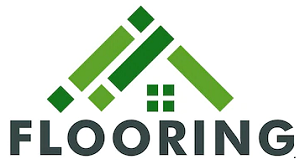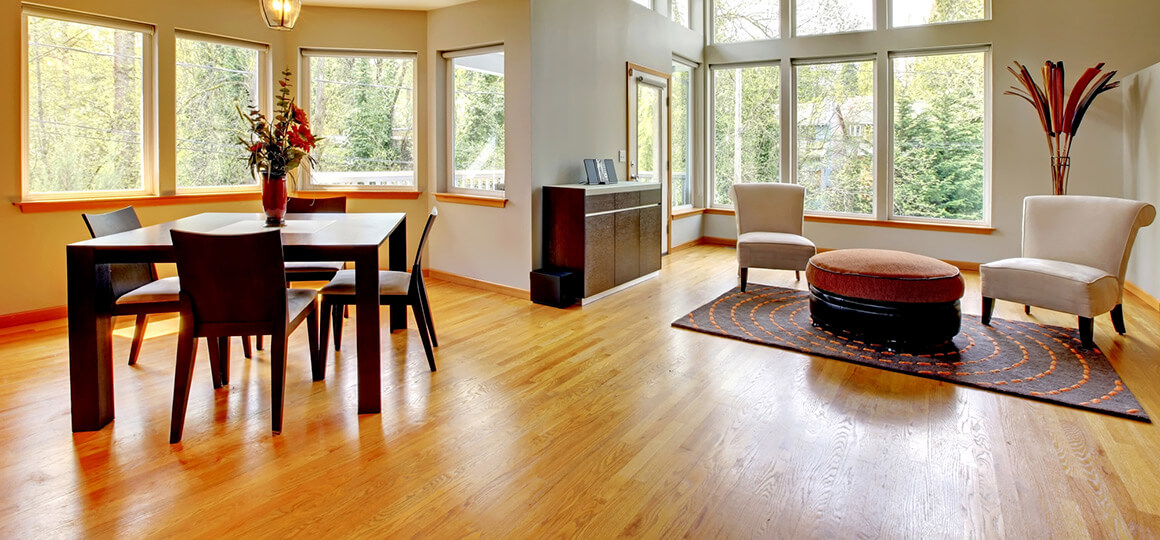Hardwood Flooring for Your Home: Timeless Beauty and Lasting Value
When it comes to choosing flooring for your home, few options are as timeless, durable, and elegant as hardwood. Hardwood flooring has been a preferred choice for generations, blending natural beauty with long-lasting value. Whether you’re remodeling a single room or upgrading your entire home, hardwood offers a versatile solution that complements almost any design style. Below, we’ll explore the benefits, types, installation options, and maintenance tips for hardwood flooring to help you decide if it’s the right investment for your home.
The Appeal of Hardwood Flooring
Hardwood flooring stands out because of its warmth, character, and ability to instantly elevate the look of any space. Unlike synthetic flooring materials, each plank of hardwood is unique, with natural grain patterns, knots, and color variations that add depth and personality to your home.
Hardwood is also one of the few flooring options that actually increases your property’s resale value. Homebuyers often see hardwood as a premium upgrade and are willing to pay more for homes with it already installed. Beyond value, hardwood is adaptable: it can be refinished multiple times, allowing it to look brand new decades after installation.
Types of Hardwood Flooring
There are two main categories of hardwood flooring: solid hardwood and engineered hardwood.
- Solid Hardwood
Made from a single piece of wood, solid hardwood is known for its longevity. It can be sanded and refinished numerous times, making it an ideal choice for homeowners who want a floor that will last a lifetime. Common species include oak, maple, hickory, and cherry. Solid hardwood is best suited for above-grade rooms, as it can expand or contract with moisture. - Engineered Hardwood
Constructed with multiple layers of wood, engineered hardwood is more stable and resistant to humidity. Its top layer is real hardwood, so it looks identical to solid planks. Because of its layered design, it can be installed in basements and over concrete—places where solid hardwood may not perform as well.
Styles and Finishes
Hardwood flooring is available in a wide range of styles, colors, and finishes to suit your design vision:
- Traditional Looks: Classic oak or walnut in natural tones create a timeless aesthetic.
- Modern Styles: Wider planks, matte finishes, or gray stains are popular in contemporary homes.
- Rustic Charm: Hand-scraped or distressed finishes add character and give the floor an aged, lived-in appeal.
You can also choose between pre-finished hardwood, which comes ready to install with protective coatings, or site-finished hardwood, which is sanded and stained after installation for a fully customized look.
Installation Methods
Hardwood flooring can be installed in several ways, depending on the type and subfloor:
- Nail-Down: Traditional method for solid hardwood, requiring wood subfloors.
- Glue-Down: Often used for engineered hardwood, especially over concrete.
- Floating Floor: Planks click or lock together, “floating” over the subfloor without nails or glue. This method is faster and often DIY-friendly.
Professional installation ensures proper alignment and expansion spacing, which are critical for hardwood to perform well over time.
Durability and Maintenance
One of hardwood flooring’s biggest strengths is its durability. With proper care, it can last for decades, even in high-traffic areas. Maintenance is relatively simple:
- Regular Cleaning: Sweep or vacuum regularly to remove dirt and grit that can scratch the surface.
- Avoid Excess Water: Clean with a damp (not wet) mop and use hardwood-safe cleaners.
- Protect from Scratches: Use area rugs in busy areas, felt pads under furniture, and avoid walking in heels on the floor.
- Refinishing: Every 10–20 years, hardwood can be sanded down and refinished, restoring its original shine and removing surface damage.
Engineered hardwood can also be refinished, though usually fewer times than solid hardwood.
Environmental Considerations
Today’s homeowners are increasingly eco-conscious, and hardwood can be a sustainable choice. Many manufacturers source wood from responsibly managed forests and offer certifications like FSC (Forest Stewardship Council). Additionally, hardwood floors last far longer than carpet or vinyl, which reduces waste over time. Choosing reclaimed wood or domestic species can further minimize environmental impact.
Cost vs. Value
Hardwood flooring is generally more expensive than carpet, laminate, or vinyl, with installation costs ranging widely based on species and style. However, its long lifespan and the value it adds to your home often outweigh the initial investment. Unlike cheaper flooring, hardwood rarely needs full replacement—making it a cost-effective option in the long run.
Is Hardwood Right for You?
Hardwood flooring Noblesville Indiana is an excellent choice if you want to combine aesthetic appeal, durability, and long-term value. It works well in living rooms, bedrooms, dining areas, and even kitchens (with proper sealing and care). While it may not be ideal for moisture-heavy areas like bathrooms, engineered hardwood provides more flexibility in spaces where humidity is a concern.
Conclusion
Hardwood flooring remains one of the most attractive and enduring upgrades you can make in your home. It adds beauty, warmth, and sophistication, while also being a smart financial investment. With so many styles, species, and finishes available, homeowners can find the perfect match for their design tastes. And with proper care, hardwood floors will reward you with decades of service—becoming not just part of your home, but part of your family’s story.


Leave a Reply
You must be logged in to post a comment.